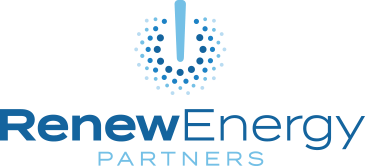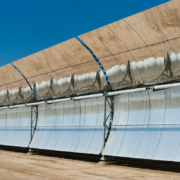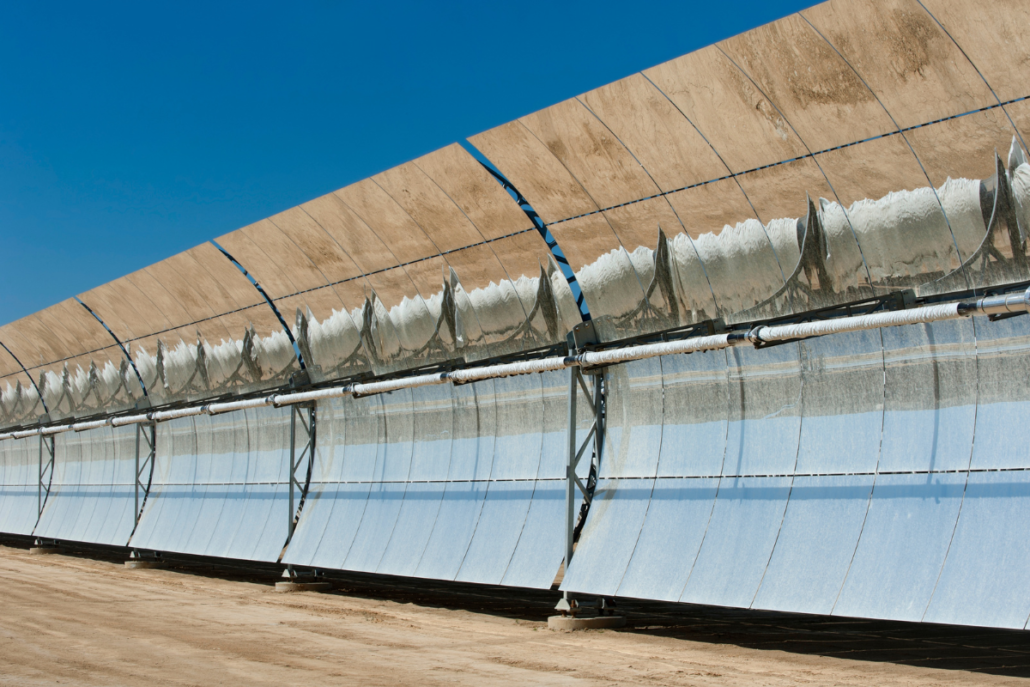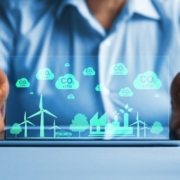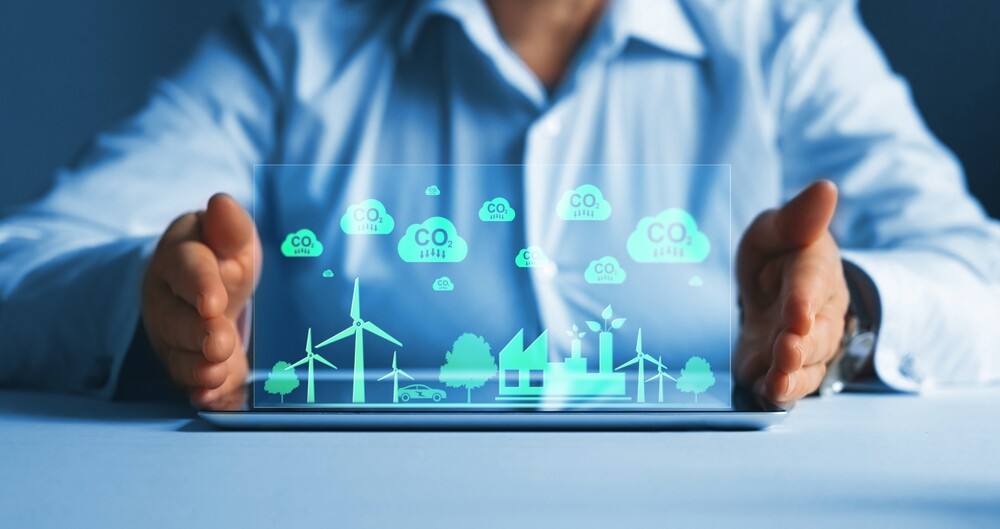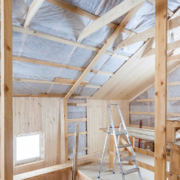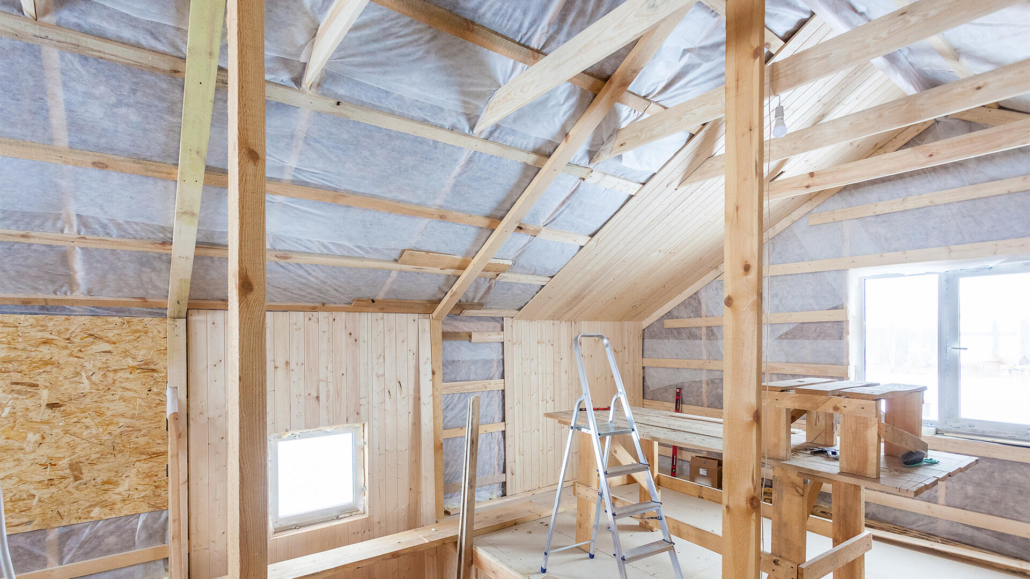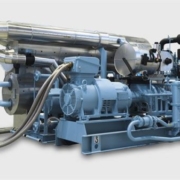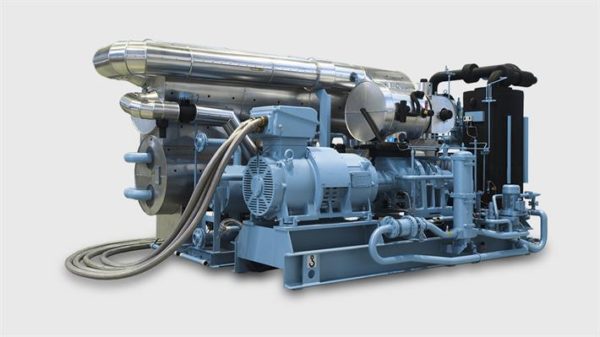Employee Profile: Aurora Fernández

RENEW’s blog Employee Profile series highlights our employees who make us great. This month we interviewed our compassionate and analytical business development associate, Aurora Fernández.
Q: How long have you worked for RENEW Energy Partners?
A: I have been with the company since February 2023, so just over six months now.
Q: What sort of work do you do for the company?
A: I am a Business Development Associate; part of my work is to develop and execute strategic marketing programs to generate leads and reach our target audiences. On the other hand, I also work directly with client support, both leading and supporting business development efforts on active projects, as well as engaging in relationship management with our channel partners.
Q: Where are you from? What is one aspect that you enjoyed about the place that you grew up?
A: I am originally from Venezuela but have now lived in the US for many years. One of the main aspects I enjoyed from where I grew up was the sense of family and community. Even outside of my own family, I would always feel like family at my friends’ homes, or with work colleagues, or even sometimes with complete strangers on the street. People in Venezuela may not know you, but will usually treat you as a lifelong buddy; so that is something that I grew up with and I see it as a great quality for handling relationships in my current life.
Q: What activities/hobbies do you enjoy in your daily life? How do you relax?
A: I have multiple hobbies I like. I really enjoy working out as much as I can during the week. In the winter I love to go skiing, it’s a hobby I’ve picked up in the last few years and I truly enjoy how free I feel coming down a steep mountain. I also really enjoy photography; I will sometimes go out on long walks while taking snaps of people on the street. I like to read, and watch shows to relax. I love going to concerts, shows, festivals and dancing my legs off!
Q: Why is sustainability/decarbonization important to you? How did you get started in this career/field?
A: I got started in this field in Venezuela, right out of college. I worked for an LED lighting and solar energy company that was doing great work, very similar to Renew, but at a much smaller scale and without the financing portion. I learned a lot about the meaning of sustainability during that experience and fell in love with the definition of it; “the ability to be maintained over a long-term period of time”. I see sustainability as finding solutions to sustain life and community, and to avoid depletion or otherwise unnatural endings. So, to me, sustainability is sort of a foundation for all beings that just want to live and thrive alongside each other. In today’s world, we’re bringing this concept into business, where people and nature are the main resources in any sort of industry. We can choose to continue viewing and doing things as we always have; consuming and utilizing until complete exhaustion or take a turn towards sustainability and change processes that will guarantee the ability to sustain over time.
Q: Have you ever worked in another field? What was it and why?
A: I have. I worked for about five years in the legal industry doing marketing and business development. I became a part of the industry while getting on my two feet in New York City after migrating from my country. I especially enjoyed the last year of my time working at law firms since I was able to pivot back into sustainability while working directly in a social impact and pro bono position. It was a great opportunity to learn from incredibly talented people and view business and relationship management from a very different lens than I was used to while on the marketing side.
Q: What sustainability practices have you seen that have surprised and/or excited you?
A: I think the practice of waste-to-energy is something that I have always found incredibly fascinating. I had the opportunity to visit Stockholm in 2022 and found out about how the city’s complete heating system is powered by waste incinerators. They send only 1% of all the city’s trash to landfills, and the rest goes to a central plant for incineration and power generation. Nordic countries need a lot of heat, especially since their winters are so long, so it’s understandable that they would come up with these systems. However, I always scratch my head about why we are not there yet over here on the Western side where we generate SO much waste. The US generates 270 million tons of waste every year and about half of it goes to landfills! What would happen if we burnt it all into energy instead?
Q: Why do you choose to work with RENEW?
A: I choose to work with RENEW because of its people. Absolutely and no doubt that is the reason I choose to be part of the team, and of course because of all the incredible work we do to help clients decarbonize their systems.
Q: What are you most excited about for the future of the energy industry?
A: I’m excited to see how technology develops to make energy more affordable and accessible for people. Energy is the base for everything that we do, we can’t really survive without energy in today’s world, and when you really think about it, energy is the one resource that doesn’t deplete – it just transforms. It’s not like land, minerals, or water, that do end -giving us a completely other set of issues to deal with in the sustainability world- energy is transformed from one source to another. As I mentioned with waste incineration, that is just heat-energy stored and transformed into electricity. It equally happens with solar, hydro, nuclear, and other energy sources. We live in very exciting times for the energy industry, and I’m thrilled to be a part of it and see the technology unravel over the years to come.
To be continued next month. We are lucky to be growing our team with exemplary individuals. Last month’s featured employee profile included Nathan Montgomery. If you are interested in joining RENEW, you can find our current career opportunities here.
RENEW Energy Partners specializes in funding energy saving retrofits for your commercial, industrial, and institutional buildings. For more information contact us today!
